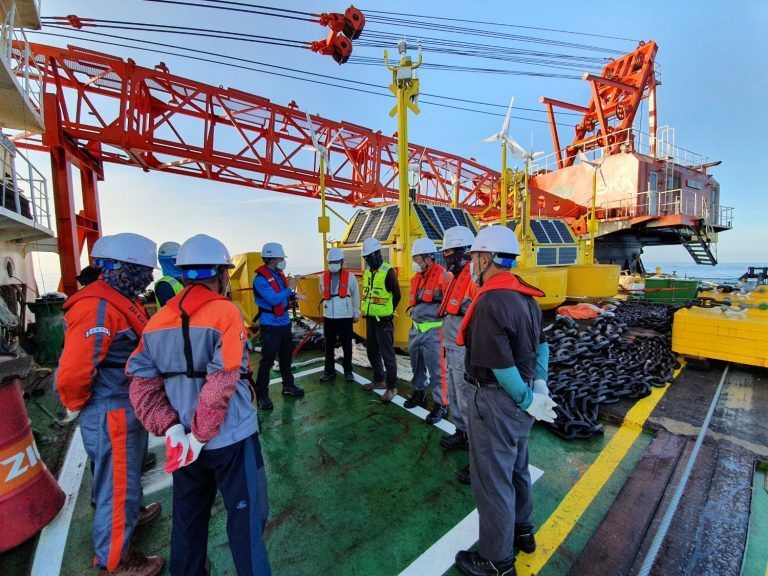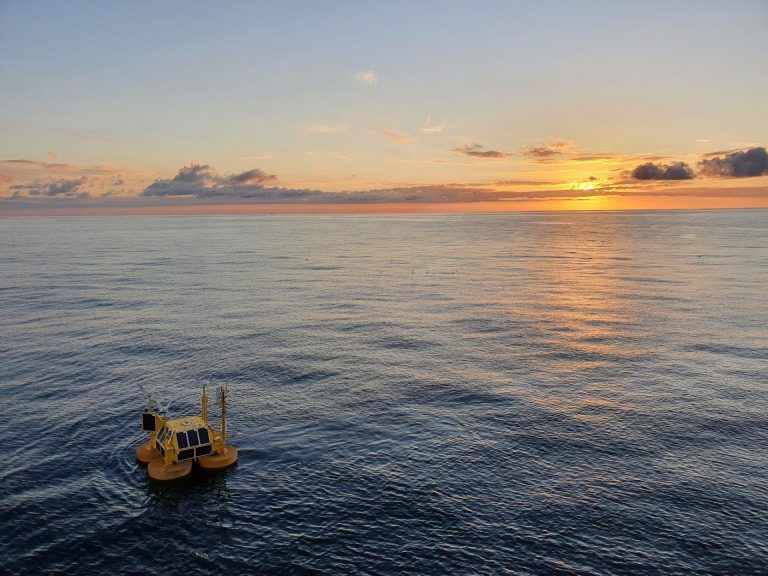QHSE

Quality, Health, Safety and Environment (QHSE)
EOLOS recognises the importance of effective QHSE policies and for that reason continuously reviews its processes and participates openly in client audits and workshops. The common objective is to minimise the exposure to unnecessary risks both in our own facilities and operations offshore.

Quality (Q)
Consistent with the standards of our own customers, EOLOS maintains ISO9001:2015 accreditation, audited by SGS. EOLOS is committed to:
- Providing high-quality product and services meeting our customer expectations.
- Continuously working on improving our processes, product and services
- Applying investigative tools with rigour in the events of incidents, with clear lessons learned implementation.
- Fostering a culture of quality throughout the organisation

Health and Safety (H&S)
EOLOS is committed to ensure a safe environment for all its workers. To this end, EOLOS pledges to implement an Occupational Health & Safety System, which aligns with ISO 45001 as a core element of the company. EOLOS is dedicated to:
- Provide safe working conditions, eliminating hazards, reducing risks and fostering continuous improvement to ensure all personnel can perform their job in a safe environment.
- Protecting the physical, mental and emotional wellbeing of all stakeholders.
- Ensuring and promoting compliance with legislation and ISO 45001
- Encouraging health and safety behaviour through training and information accessible to all personnel.
- Allocating all necessary resources to ensure the safety of all.
- Review and improving Health and Safety needs via an HSE Committee.

Environment (E)
EOLOS has consideration for lowering its environmental impact as an integral part of its ecosystem. Accreditation of ISO 14001:2015 audited by SGS assures a gradual implementation of carbon footprint measurement and its reduction where possible. EOLOS is fully committed to:
- Protect the environment with the aim of preventing pollution and minimising environmental effects.
- Comply with relevant and local environmental requirements.
- Foster a culture of awareness and sensitivity within the workforce.
- Ensure there are the necessary means to mitigate potential adverse environmental events.